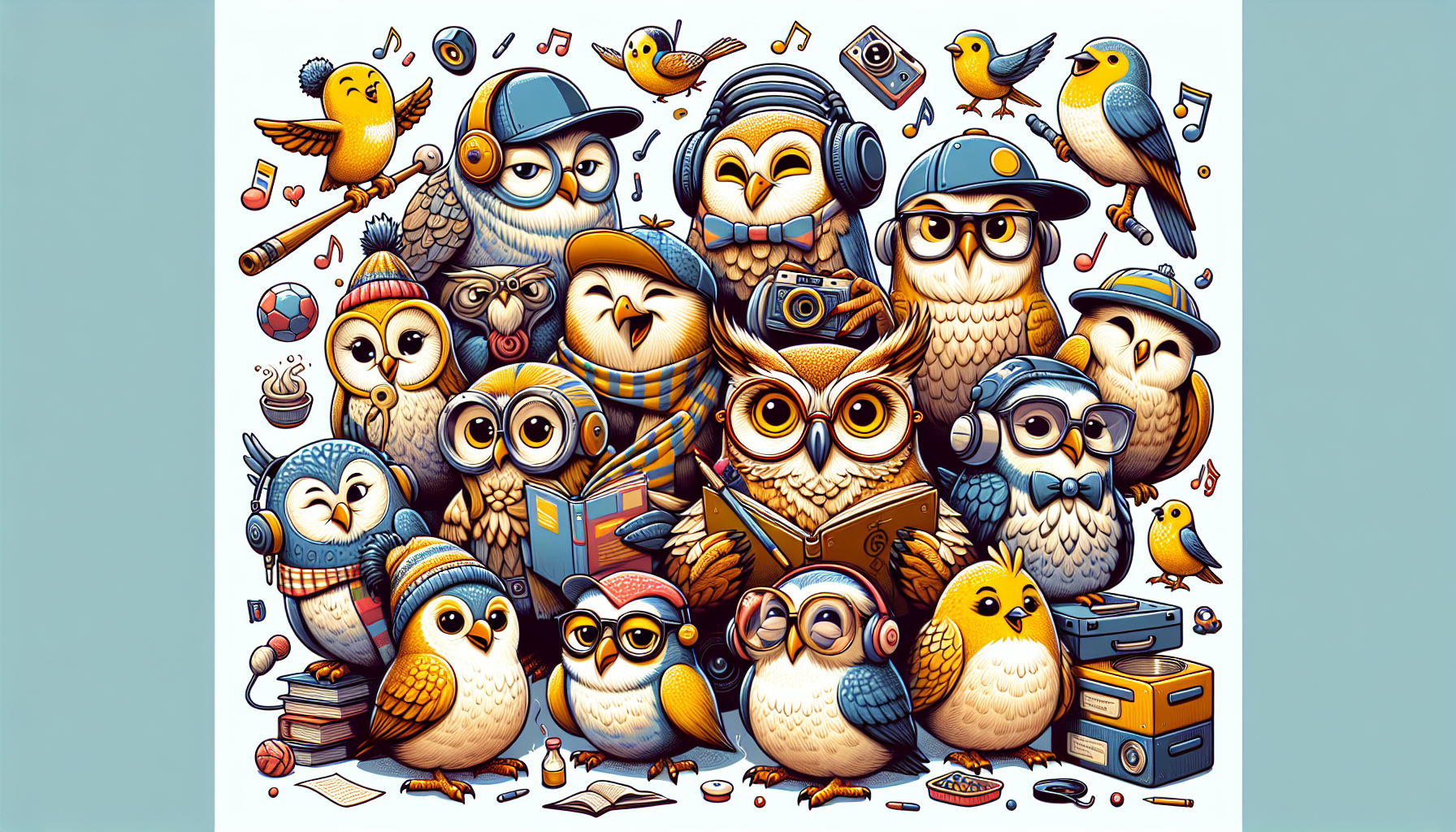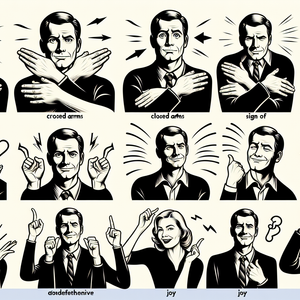Navigating the Job Market as a Junior UX/UI Designer

A well-crafted portfolio is the cornerstone of any junior UX/UI designer's job search. It’s not just a collection of work; it’s a narrative that showcases your design journey, skills, and thought processes. Here are some tips to create an impactful portfolio: 1. **Select a Variety of Projects**: Aim to include a range of projects that demonstrate your versatility. This could include websites, mobile applications, and interactive prototypes. Each piece should highlight your understanding of user-centered design principles. For instance, if you designed a mobile app, consider explaining how you approached usability testing and iterated based on user feedback. 2. **Show Your Process**: Employers are often more interested in how you arrived at a design solution than the final product itself. Include case studies that outline your design process from research and ideation to prototyping and testing. This not only showcases your skills but also your ability to think critically. For example, a case study of a redesign project could illustrate your methods for gathering user feedback and how that feedback influenced your final design choices. 3. **Keep It Simple**: While it’s important to showcase your best work, remember that simplicity often resonates best. A cluttered portfolio can detract from your designs. Use a clean layout that allows your work to shine. A minimalist design will ensure that your projects stand out and are easy to navigate. 4. **Get Feedback**: Before sending your portfolio out into the world, seek feedback from peers, mentors, or even online forums. Constructive criticism can help you refine your presentation and ensure that your work communicates effectively. Platforms like Dribbble and Behance can be excellent for gathering insights from fellow designers.
Leveraging Social Media for Networking
In an industry where connections can lead to opportunities, leveraging social media is crucial. Platforms like LinkedIn, Twitter, and Behance can be powerful tools for networking. Here’s how to make the most of them: 1. **Optimize Your Profiles**: Ensure that your social media profiles reflect your professional identity. Use a professional photo, write a compelling bio, and showcase your portfolio link prominently. An optimized LinkedIn profile can attract recruiters and hiring managers who may be searching for junior designers. 2. **Engage with the Community**: Join UX/UI design groups on platforms like Facebook and LinkedIn. Participate in discussions, share your insights, and ask questions. Engaging with the community can help you build relationships and learn from others’ experiences. A simple comment on a post can lead to meaningful connections and potential job leads. 3. **Follow Industry Leaders**: Identify and follow influential designers and organizations in the UX/UI field. Learn from their posts, share their content, and engage with their work. This can increase your visibility and may open doors to opportunities. Regular interaction with industry leaders can also provide insights into the latest design trends. 4. **Share Your Work**: Don’t be afraid to share your projects on social media. Use platforms like Instagram or Dribbble to showcase your designs and process. This not only highlights your skills but also invites feedback from a broader audience. Posting regularly can help you stay top-of-mind among your network and showcase your growth as a designer.
Preparing for Interviews
The interview process can be intimidating, but with the right preparation, you can present yourself confidently. Here are key strategies to help you shine during interviews: 1. **Know Your Work**: Be prepared to discuss your portfolio in detail. Understand the rationale behind your design choices and be ready to articulate your thought process. This demonstrates confidence and a strong understanding of your work. Practicing your presentation beforehand can help smooth over any nerves. 2. **Research the Company**: Before an interview, research the company’s mission, values, and recent projects. Tailoring your responses to align with their goals shows genuine interest and helps you stand out as a candidate. Familiarizing yourself with their design style can also help you ask relevant questions during the interview. 3. **Practice Common Questions**: Familiarize yourself with common interview questions for UX/UI designers, such as "How do you approach user research?" or "Can you describe a challenging project and how you overcame obstacles?" Practicing your responses can help you feel more comfortable and articulate. Consider conducting mock interviews with friends or mentors to gain confidence. 4. **Prepare Questions**: Interviews are a two-way street, and asking insightful questions can demonstrate your enthusiasm and critical thinking skills. Inquire about the team structure, design processes, or upcoming projects to show your interest in the role and the company. Asking about the company's approach to user feedback can also reflect your commitment to user-centered design.
Navigating the job market as a junior UX/UI designer may seem challenging, but with a strategic approach to building your portfolio, leveraging social media, and preparing for interviews, you can significantly enhance your chances of landing a desirable position. Remember, persistence is key in this competitive field. By continuously honing your skills and staying engaged with the design community, you will not only find opportunities but also build a rewarding career in UX/UI design. Keep pushing the boundaries of your creativity, and the right role will come your way. With the right mindset and tools at your disposal, you can successfully launch your career in this exciting and ever-evolving industry.
Junior UX Researcher
Google, Amazon, Facebook
Core Responsibilities
Conduct user interviews and usability testing to gather insights on user behavior and preferences.
Analyze qualitative and quantitative data to inform design decisions and improve user experience.
Collaborate with designers and product managers to translate research findings into actionable design recommendations.
Required Skills
Strong understanding of user-centered design principles and methodologies.
Proficiency in research tools such as UserTesting, Optimal Workshop, or Lookback.
Excellent communication skills for presenting findings and advocating for user needs.
Junior Interaction Designer
Microsoft, Adobe, Airbnb
Core Responsibilities
Design interactive elements and workflows for websites and applications that enhance user engagement and satisfaction.
Create wireframes, prototypes, and high-fidelity mockups to visualize design concepts.
Collaborate with developers to ensure design integrity is maintained during implementation.
Required Skills
Proficiency in design tools like Sketch, Figma, or Adobe XD.
Strong understanding of HTML/CSS for better collaboration with development teams.
Ability to think critically about user interactions and how to optimize them.
Junior Visual Designer
Shopify, Slack, Dropbox
Core Responsibilities
Create visually compelling graphics and layouts for digital products, ensuring they are aligned with brand guidelines.
Collaborate with UX designers to enhance the aesthetic appeal of user interfaces through thoughtful visual design.
Assist in the production of marketing materials, including social media graphics, web banners, and email templates.
Required Skills
Proficiency in graphic design software such as Adobe Photoshop, Illustrator, and InDesign.
Strong sense of typography, color theory, and composition.
Basic understanding of UX principles to ensure designs are not only attractive but functional.
Junior Product Designer
Spotify, Uber, Netflix
Core Responsibilities
Participate in end-to-end product design processes, from ideation to final implementation, focusing on user needs and business goals.
Collaborate with cross-functional teams, including engineering and marketing, to launch new features and products.
Create user flows, wireframes, and prototypes that effectively communicate design ideas and concepts.
Required Skills
Strong portfolio showcasing a variety of design projects and methodologies.
Familiarity with agile development processes and design sprints.
Experience with tools like InVision or Marvel for prototyping and user testing.
Junior Front-End Developer (UX Focus)
GitHub, Atlassian, Squarespace
Core Responsibilities
Implement user interface designs using HTML, CSS, and JavaScript, ensuring cross-browser compatibility and responsiveness.
Work closely with UX/UI designers to translate design mockups into functional web applications.
Conduct user testing and gather feedback to iterate on designs and enhance usability.
Required Skills
Proficiency in front-end technologies (HTML5, CSS3, JavaScript) and frameworks like React or Angular.
Basic understanding of UX principles and how they translate into functional design.
Familiarity with version control systems such as Git for collaborative development.


